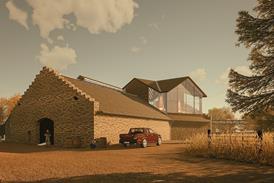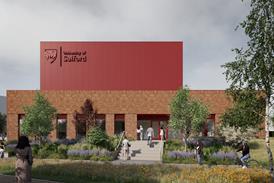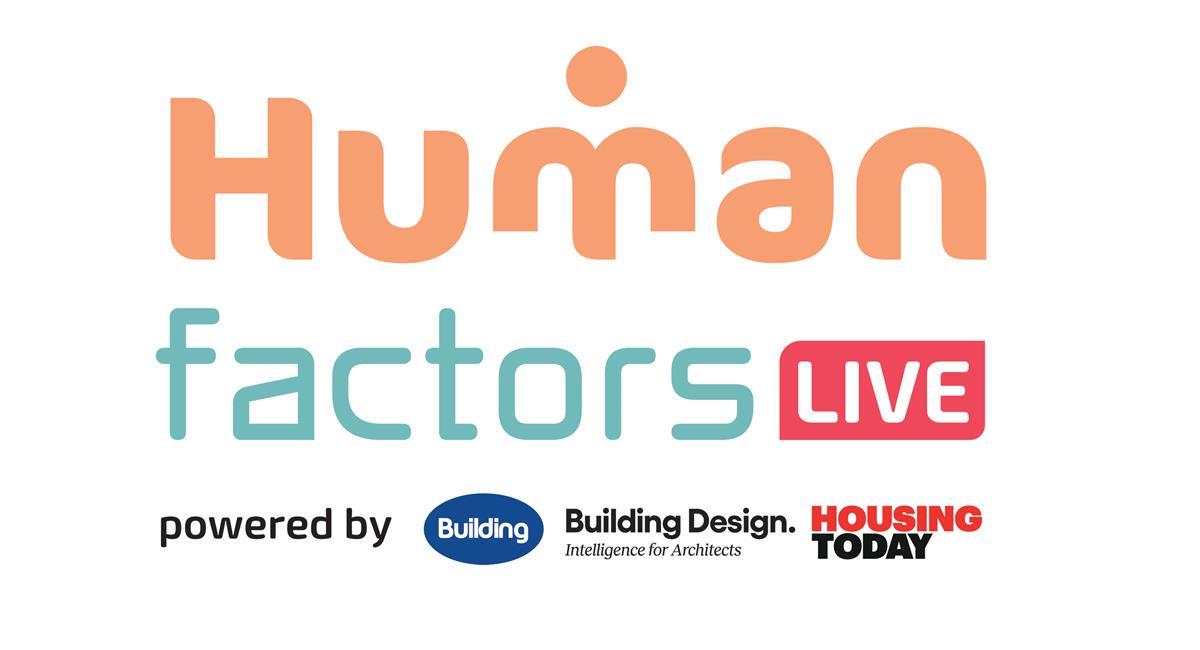- Home
- Intelligence for Architects
- Subscribe
- Jobs
- Events

2025 events calendar Explore now 
Keep up to date
Find out more
- Programmes
- CPD
- More from navigation items
A cauldron on the Mersey: how Everton built their new stadium in just five years (Manchester United take note)

Manchester United has an ambitous plan to rebuild Old Trafford within the same timescale. Everton and BDP Pattern have already done this and delivered its new, £760m stadium on budget and on time with careful planning and extensive use of MMC and digital tools, reports Thomas Lane
Notorious for going over budget and failing to complete on time, football stadium construction is a risky business. The Tottenham Hotspur stadium was the last big arena to complete in the UK. It was expected to cost £400m but ended up costing £1bn and was delivered seven months late, opening in 2019.
And the recriminations over the additional cost and delays of building the new Wembleystadium resulted in the largest lawsuit in UK construction history.
Everton has avoided this sad legacy, taking just five years from planning application to stadium handover. Admittedly, it spent 28 years thinking about how to increase the 39,572 capacity of Goodison Park and offer improved facilities. But staying at its home since 1892 was not an option as there was no space to expand. The ground is surrounded by homes and a school.
Everton eventually decided to build a new stadium two miles away from Goodison Park over Bramley Moore Dock beside the Mersey on land owned by Peel Holdings and leased to the club. Peel has big plans for a regeneration scheme called Liverpool Waters, which will be built to the south of the stadium. The idea is that the project will help to kickstart the bigger scheme.
Since the new stadium has completed, Sir Jim Ratcliffe, owner of rival Manchester United, has announced a £2bn Foster + Partners designed rebuild of Old Trafford. Ratcliffe wants to build the new stadium within five years by floating large modular components down the Mersey and Manchester Ship Canal. Given that Everton’s timescale matches United’s, and the stadium was built largely out of modular components, there could be valuable lessons for Ratcliffe and co – provided they can stomach borrowing ideas from a Liverpool club.
So, how did the team behind the new Everton stadium successfully deliver it on time? And what it is like? BD went along to take a look.
This content is available to registered users | Already registered?Login here
You are not currently logged in.
To continue reading this story, sign up for free guest access
Existing Subscriber? LOGIN
REGISTER for free access on selected stories and sign up for email alerts. You get:
- Up to the minute architecture news from around the UK
- Breaking, daily and weekly e-newsletters
Subscribe to Building Design and you will benefit from:

- Unlimited news
- Reviews of the latest buildings from all corners of the world
- Technical studies
- Full access to all our online archives
- PLUS you will receive a digital copy of WA100 worth over £45
Subscribe now for unlimited access.






